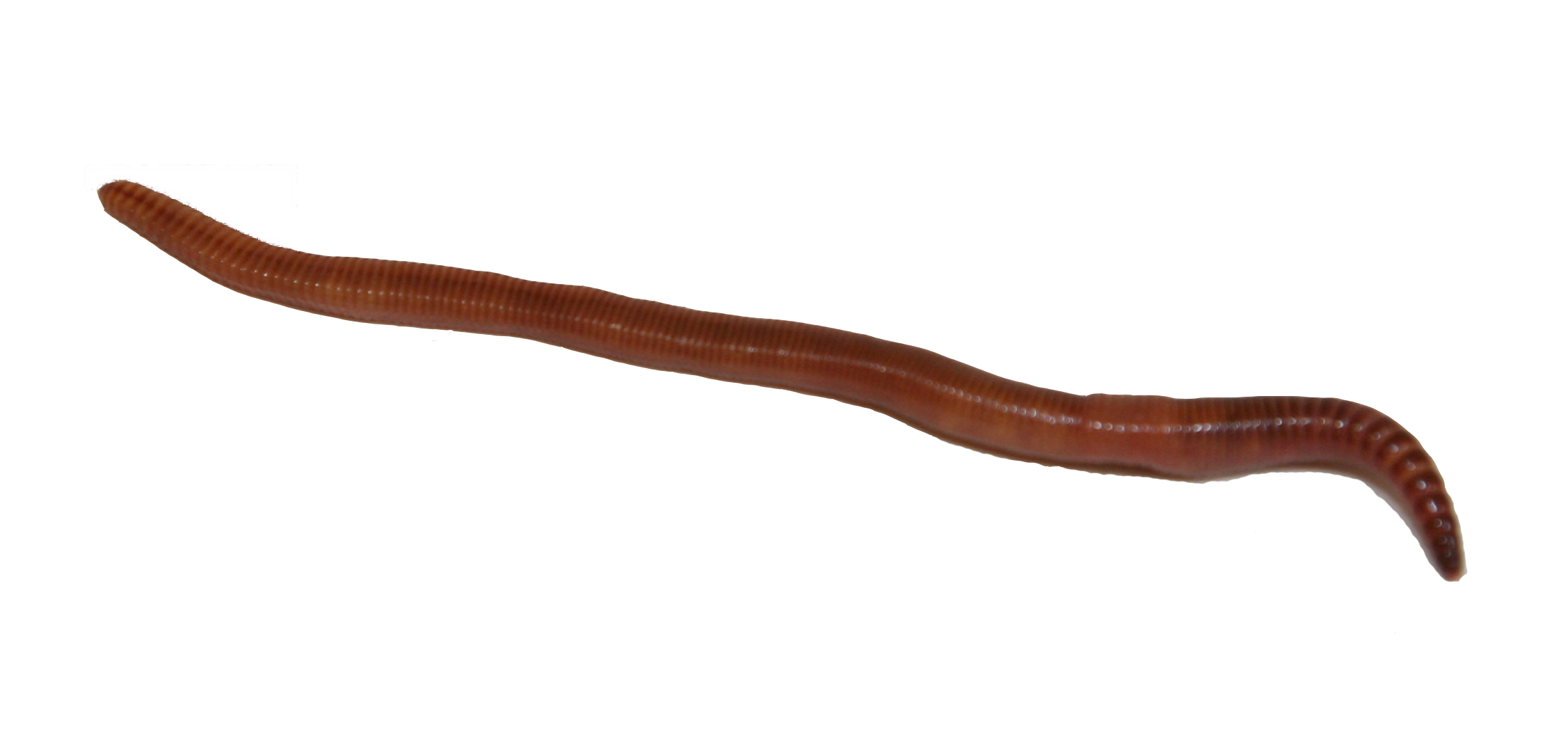The Role of Red Wigglers in Lasting Horticulture
The combination of red wigglers right into sustainable horticulture techniques provides an engaging method to boosting soil health and wellness and decreasing natural waste. The implications of making use of red wigglers extend beyond simple composting; their duty in shaping an extra sustainable future warrants a much deeper expedition of their benefits and functional applications.
Recognizing Red Wigglers
Red wigglers, scientifically referred to as Eisenia fetida, are a species of earthworm renowned for their duty in sustainable horticulture and composting practices - red wigglers. These worms flourish in disintegrating raw material, making them specifically effective in converting kitchen area scraps and backyard waste right into nutrient-rich garden compost. Unlike conventional earthworms, red wigglers have a higher resistance for differing wetness levels and can thrive in atmospheres with plentiful natural product
The habitat choices of red wigglers include wet, dark atmospheres abundant in organic web content, such as compost containers or worm farms. Their eco-friendly role expands beyond composting; they are important in aerating the dirt and facilitating vitamins and mineral cycling, which eventually adds to healthier yard communities. red wigglers. Recognizing the biology and behavior of red wigglers is necessary for those seeking to carry out reliable vermicomposting in sustainable horticulture
Advantages of Vermicomposting
Vermicomposting offers various benefits that enhance sustainable horticulture techniques and add to environmental wellness. One of the main advantages is the makeover of organic waste into nutrient-rich garden compost, which boosts soil structure and fertility. The spreadings generated by red wigglers are packed with advantageous microbes and essential nutrients, making them an outstanding all-natural plant food.
In addition, vermicomposting considerably minimizes land fill waste. By drawing away kitchen scraps and yard waste from garbage dumps, this method not just decreases methane exhausts-- a potent greenhouse gas-- but also promotes a circular economic climate, where waste is repurposed as a source.
One more benefit is the improvement of dirt oygenation and water drainage (red wigglers). The burrowing task of red wigglers creates networks in the dirt, permitting air and water to penetrate even more conveniently, hence fostering a healthier root system for plants
Moreover, vermicomposting can be done on a small scale, making it accessible for urban garden enthusiasts and those with minimal room. This approach urges ecological stewardship and understanding, as individuals become more engaged with their waste monitoring techniques. Inevitably, vermicomposting stands for a sustainable, efficient, and environment-friendly strategy to horticulture that benefits both plants and the planet.
Just How to Beginning Vermicomposting
Starting your very own vermicomposting system can be a rewarding venture that improves your sustainable anchor gardening practices. To start, pick a proper container, such as a plastic container or wood box, with great drainage and air flow. The size will certainly depend on the volume of cooking area scraps you create; a container of 10-14 gallons generally is adequate for a household.
Following, prepare the bed linen product. Shredded newspaper, cardboard, and coconut coir are outstanding alternatives, providing a comfortable environment for the red wigglers. Aim for a bedding depth of about 4-6 inches, which need to be damp yet not soggy.
When the bed linens is established, present your worms. Red wigglers (Eisenia fetida) are one of the most appropriate for composting. Start with approximately one pound of worms for each 2-3 pounds of kitchen area scraps weekly.
Begin including kitchen waste, staying clear of meat, dairy, and oily foods, as these can attract pests and produce odors. On a regular basis check the bin's dampness degrees and temperature, ensuring it stays within the optimal variety for worm task. With these initial actions, you'll be well on your way to producing nutrient-rich garden compost for your yard.
Keeping a Healthy Worm Bin
A flourishing worm bin needs regular care and focus to preserve an ideal setting for the red wigglers. Secret aspects to check include wetness degrees, temperature, and food supply. Preserving a dampness degree comparable to a wrung-out sponge is critical; way too much water can cause anaerobic problems, while insufficient can dry out the worms.
Temperature is additionally critical, as red wigglers prosper in a variety of 55 to 77 degrees Fahrenheit. Severe temperatures can stress the worms, potentially resulting in death. As a result, putting the bin in a climate-controlled area or utilizing insulating materials can aid control temperature variations.

Finally, aeration is important. Consistently turning the bed linens and using a fork or shovel can stop compaction and promote airflow, making certain a healthy and balanced, successful environment for the red wigglers. By adhering to these practices, gardeners can maintain an efficient worm bin that supports lasting horticulture initiatives.
Influence On Soil Health And Wellness
Enhancing dirt health and wellness through the usage of red wigglers is a basic element of sustainable horticulture. By consuming natural issue, red wigglers damage down complicated materials into simpler substances, a process known as vermicomposting.


Verdict
To conclude, red wigglers considerably add to lasting horticulture with their effective vermicomposting techniques. Their capability to convert natural waste into nutrient-rich garden compost enhances dirt fertility and supports a diverse microbial community. Moreover, their burrowing task enhances dirt oygenation and water retention, benefiting plant wellness. By promoting waste decrease and fostering a circular economic situation, red wigglers emerge as important parts in eco-friendly horticulture efforts, highlighting their essential role in ecological sustainability.
Comments on “Composting-perfect red wigglers: Use them to reduce waste”